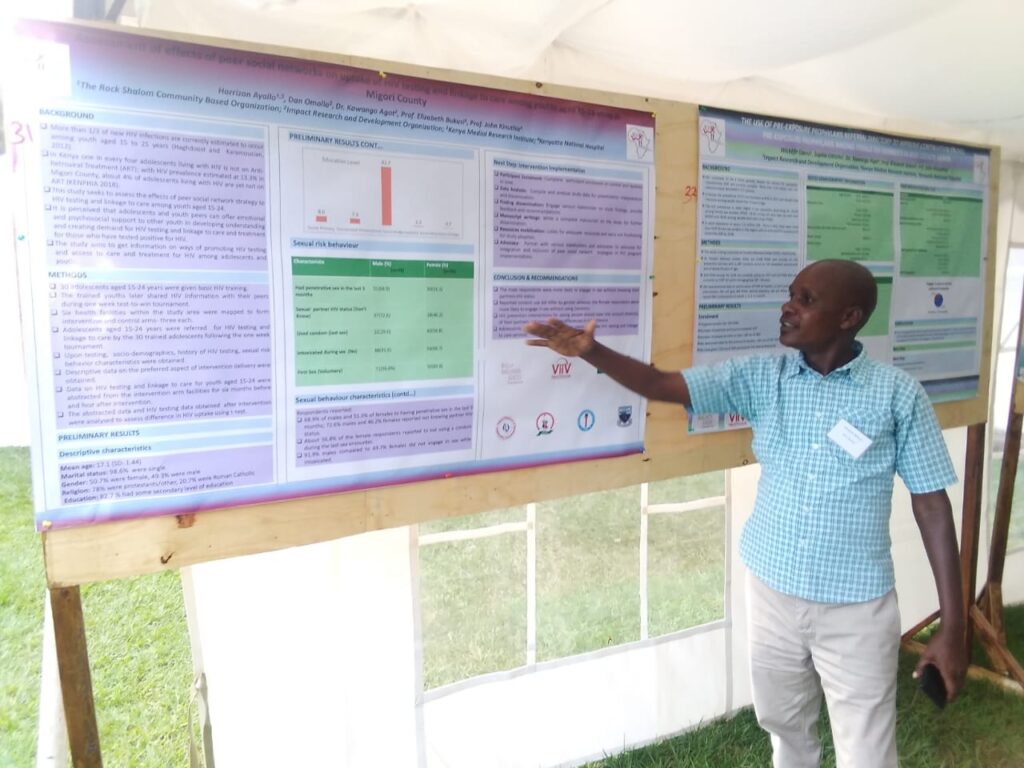An ongoing research in Migori has revealed that peer to peer communication could be the best way to get young people tested for HIV.
Harrizon Ayallo the lead researcher in the project, young people understand each other better and should be used to communicate health information to their peers.
The research aimed at acquiring information on ways of promoting HIV testing and care among adolescents and youth.
Ayallo noted that the data could help engage and involve young people in the fight against reducing HIV in adolescents and youth and by extension in the overall population.
“The peer to peer social network strategy is already proving to be a reliable method and this data should act to push attention and recourses towards further research as well as implementation,” he said.
The study was conducted among adolescents aged between 15 to 24 in six health facilities.
The research further indicated a rise in the number of adolescents seeking information about HIV testing.
Ayallo says a number of the inquiries made in the health centers were referral’s from peers.
“Adolescents have huge influence on their peers to uptake HIV testing and linkage to care services,” he said

The study christened ‘assessment of effects of peer social networks of uptake of HIV testing and linkage’ was presented in the just concluded Reducing HIV in Adolescents and Youth (RHAY) Conference.
The four day conference was held from from 21st to 24th June brought together of young people from east and southern Africa.
It was sponsored by among others, the University of Pennsylvania and Bill and Mellinda Gates foundation.
